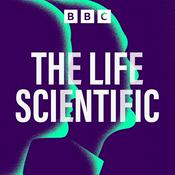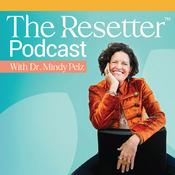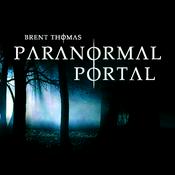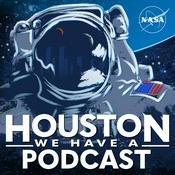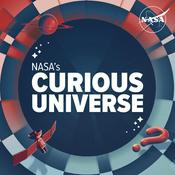Available Episodes
5 of 162
- Simulating Moon and Mars DustDr. Jennifer Edmunson explains what it takes to simulate Moon and Mars dust on Earth, and lessons learned from preparing to build habitats on other worlds.--------15:41
- NASA's Centennial Challenges Prize ProgramThere’s a program at NASA that taps into the power of the public to solve some of the toughest problems in space exploration. It’s called Centennial Challenges, a prize competition that has awarded more than $24 million to hundreds of people ranging from academics, startup founders, small business owners, and independent inventors from across the U.S. and 86 countries.--------20:37
- 6,000 Exoplanets and CountingOn September 17, 2025, NASA announced that the number of exoplanets, planets outside our solar system, tracked by NASA has reached 6,000. In the three decades since the groundbreaking detection of exoplanet 51 Pegasi b, the first confirmed planet orbiting a Sun-like star, astronomers have concluded that exotic worlds are everywhere.--------22:12
- NASA's Zero Gravity Research FacilityA steel vacuum chamber 50 stories deep at NASA’s Glenn Research Center lets researchers simulate near-weightlessness by letting test hardware freefall for 5.18 seconds.--------19:07
- Turning Space Data Into SoundFrom black holes to star clusters, scientists are turning space data into sound with a process called sonification. Dr. Kimberly Arcand, visual scientist with the Harvard-Smithsonian Center for Astrophysics, joins us to explore how data sonification lets more people experience the cosmos and give researchers a new way to interpret science one note at a time.--------26:58
More Science podcasts
Trending Science podcasts
About Small Steps, Giant Leaps
NASA’s technical workforce put boots on the Moon, tire tracks on Mars, and the first reusable spacecraft in orbit around the Earth. Learn what’s next as they build missions that redefine the future with amazing discoveries and remarkable innovations.
Podcast websiteListen to Small Steps, Giant Leaps, Curious Cases and many other podcasts from around the world with the radio.net app
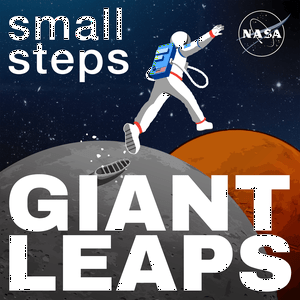
Get the free radio.net app
- Stations and podcasts to bookmark
- Stream via Wi-Fi or Bluetooth
- Supports Carplay & Android Auto
- Many other app features
Get the free radio.net app
- Stations and podcasts to bookmark
- Stream via Wi-Fi or Bluetooth
- Supports Carplay & Android Auto
- Many other app features


Small Steps, Giant Leaps
Scan code,
download the app,
start listening.
download the app,
start listening.








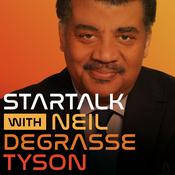










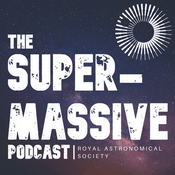
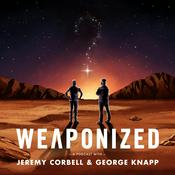
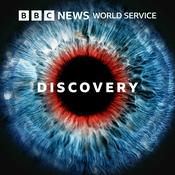

![Podcast Cosmosis [Formerly The UFO Rabbit Hole]](https://ie.radio.net/podcast-images/175/the-ufo-rabbit-hole-podcast.jpeg?version=c4cfeed14331265219e0263fd62be755644a8cf4)

